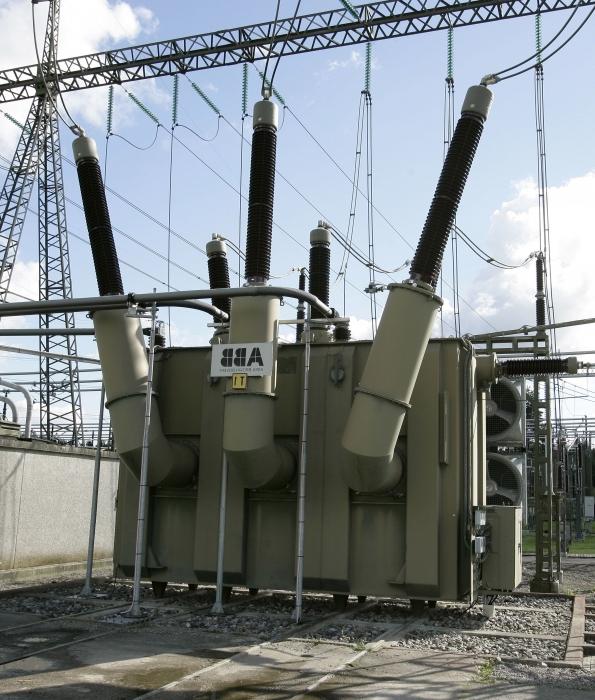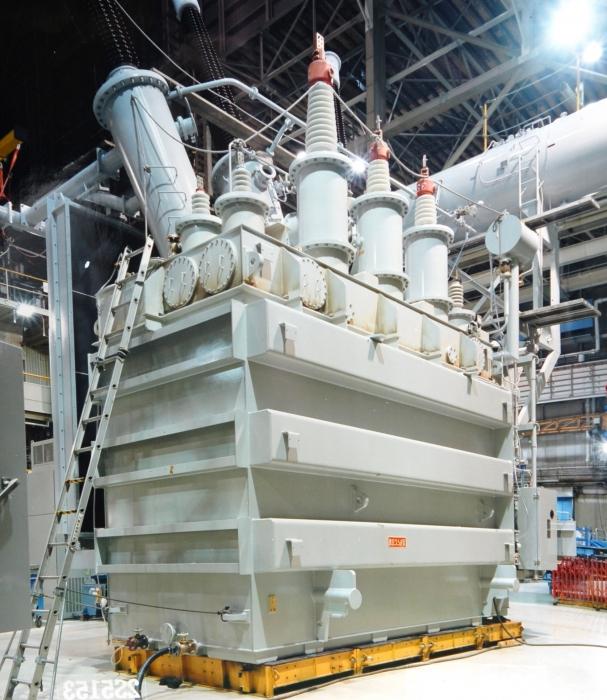A transformer is an electric machine whose device is designed to convert one magnitude of alternating current to another. Transformers operate on alternating current. These machines have gained wide distribution, since electricity over long distances must be transmitted at voltages significantly higher than the level that is necessary for powering the industry or for use at home. Thus, the use of a transformer can reduce the loss of electricity during transmission and increase the quality of the process. One of the most important characteristics of this machine is the efficiency of the transformer, that is, the efficiency. Also, an important characteristic can be called the transformation coefficient, determined by the ratio of the input to output voltage.

A transformer is usually a static device. An ordinary transformer (and they are of several types) consists of a core, which is assembled from ferromagnetic plates, as well as secondary and primary windings, which are located opposite to the core. As already mentioned, there are the main types of transformers: step-up (voltage at the output is greater than at the input) and step-down (voltage at the output is less than at the input). One of the important operating conditions of the device is a single voltage frequency.
To determine the efficiency of the transformer, we introduce the following notation:
- P1 is the electrical power that the transformer consumes,
- P2 - power output
- PL is the power loss.
In this case, the law of conservation of energy will take the form: P1 = P2 + PL. Using these notations, it is easy to derive the formula for the efficiency of the transformer. The efficiency formula will look like this: n = P2 / P1 = (P1-PL) / P1 = 1-PL / P1. As you can see, it can be represented in several ways. From the last formula it can be seen that the efficiency of the transformer cannot be more than 1 (that is, it is impossible to obtain a coefficient of efficiency in excess of one hundred percent). This is understandable.

The correct calculation of the efficiency of the transformer is a more complex issue than it might seem at first glance. When designing and developing circuits and the general design of a transformer or a series of transformers of a certain type, design engineers often encounter certain problems. For example, to reduce the cost of the transformer, it is necessary to minimize the consumption of materials. However, on the other hand, in order to make the device more reliable in operation, the consumption of these materials will have to be increased.
It is for these contradictory reasons that the value of the efficiency of the transformer is usually made standard, thereby normalizing losses. When determining the value of the efficiency of the transformer, it is necessary to take into account the cost of materials, the cost of electricity and transmission lines, that is, take into account many economic factors. The efficiency of the transformer can vary depending on the load, and this factor also needs to be taken into account when developing the design of this device.